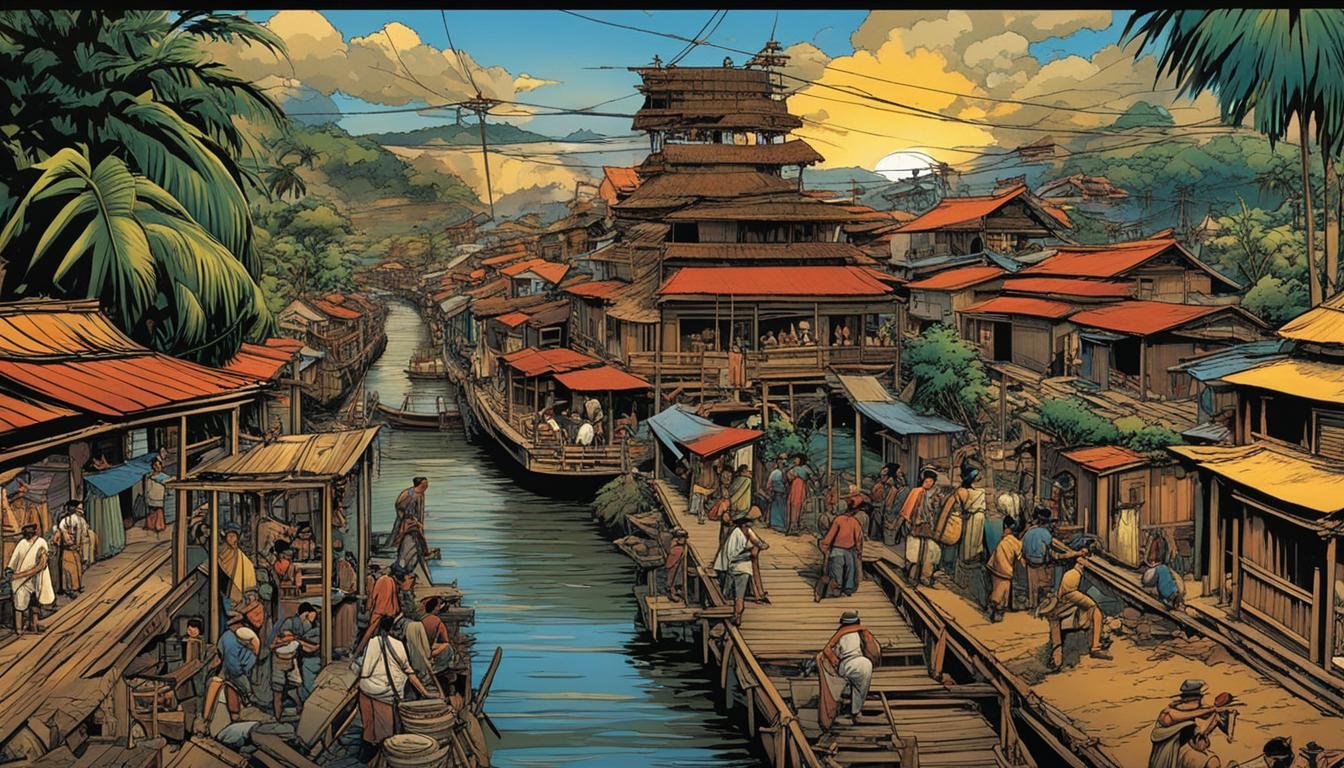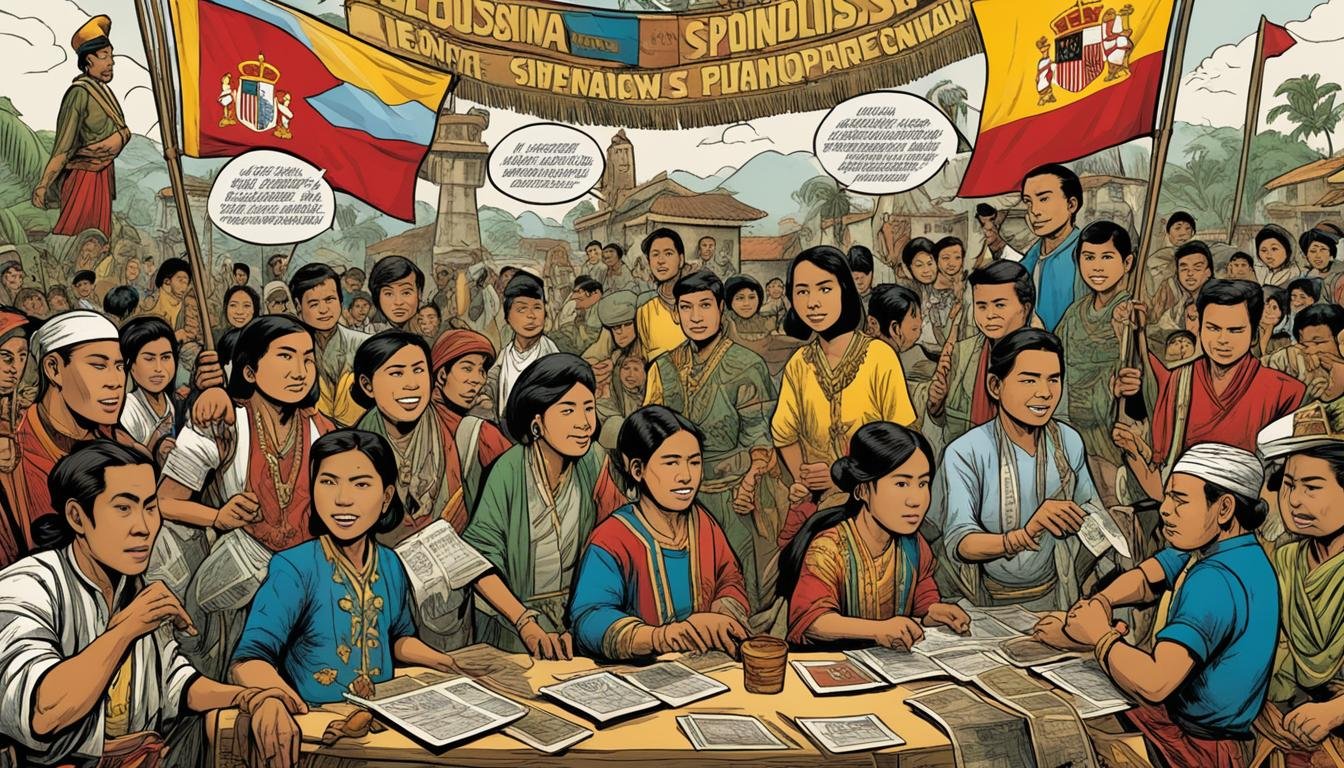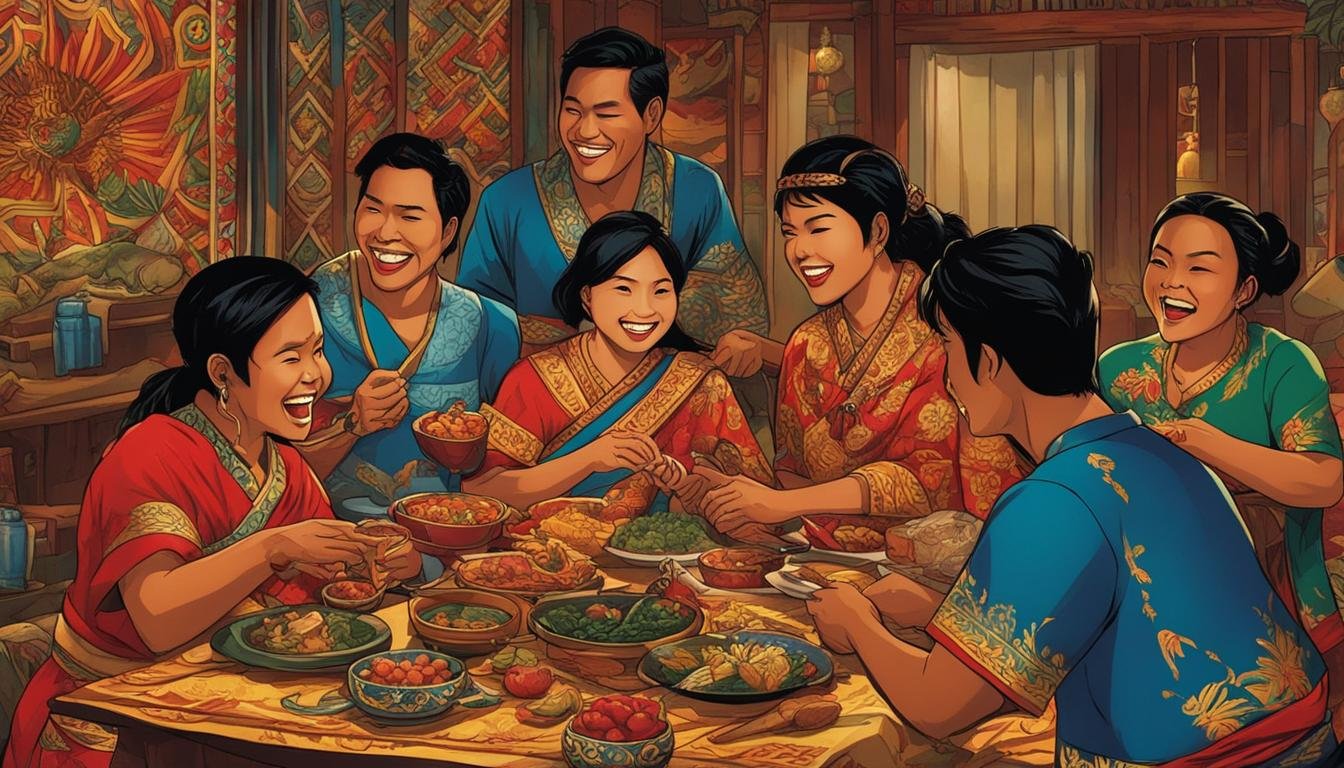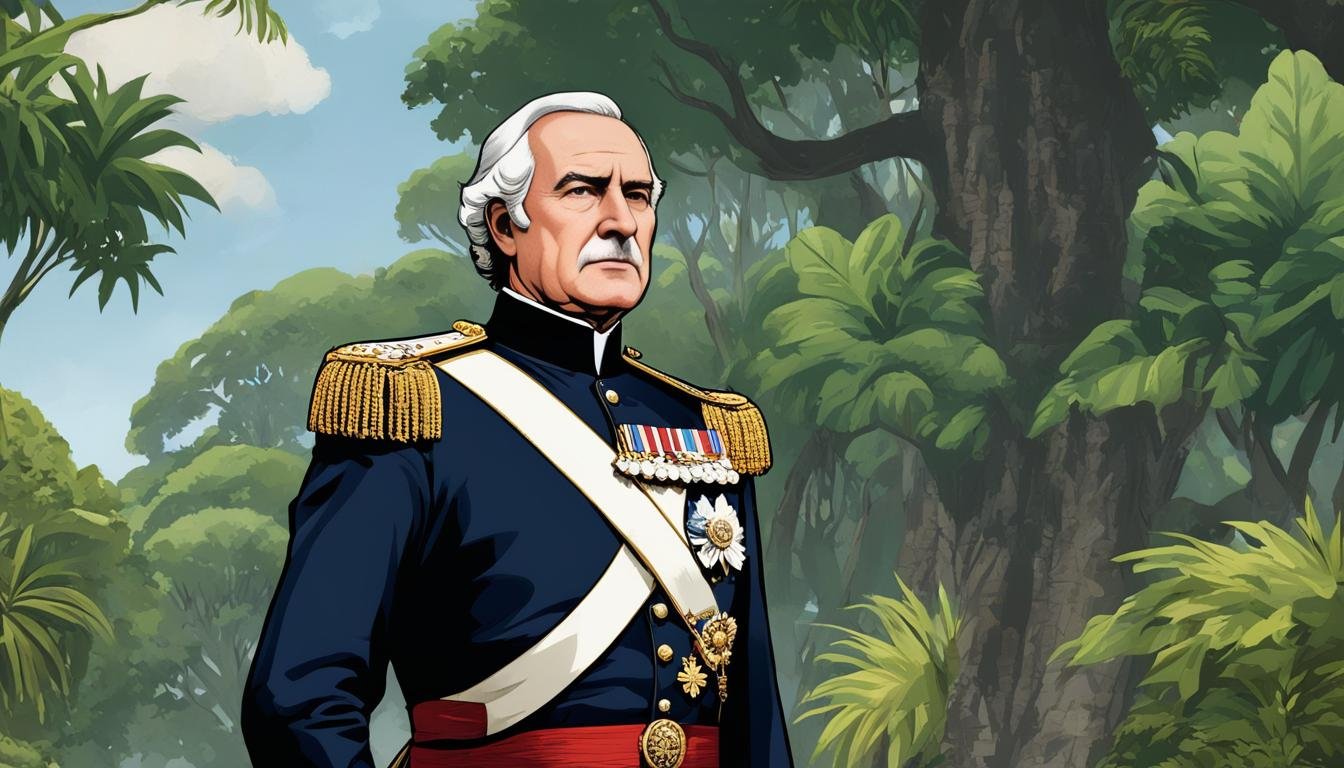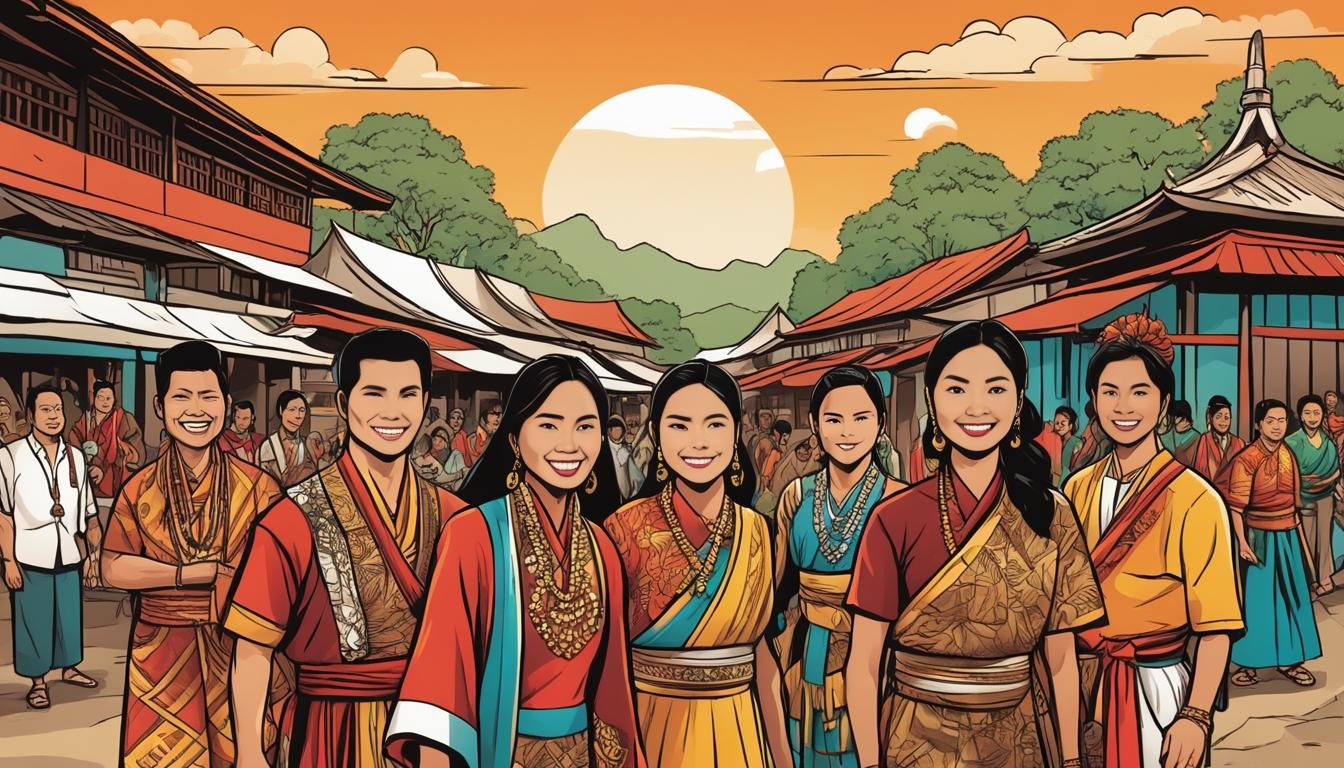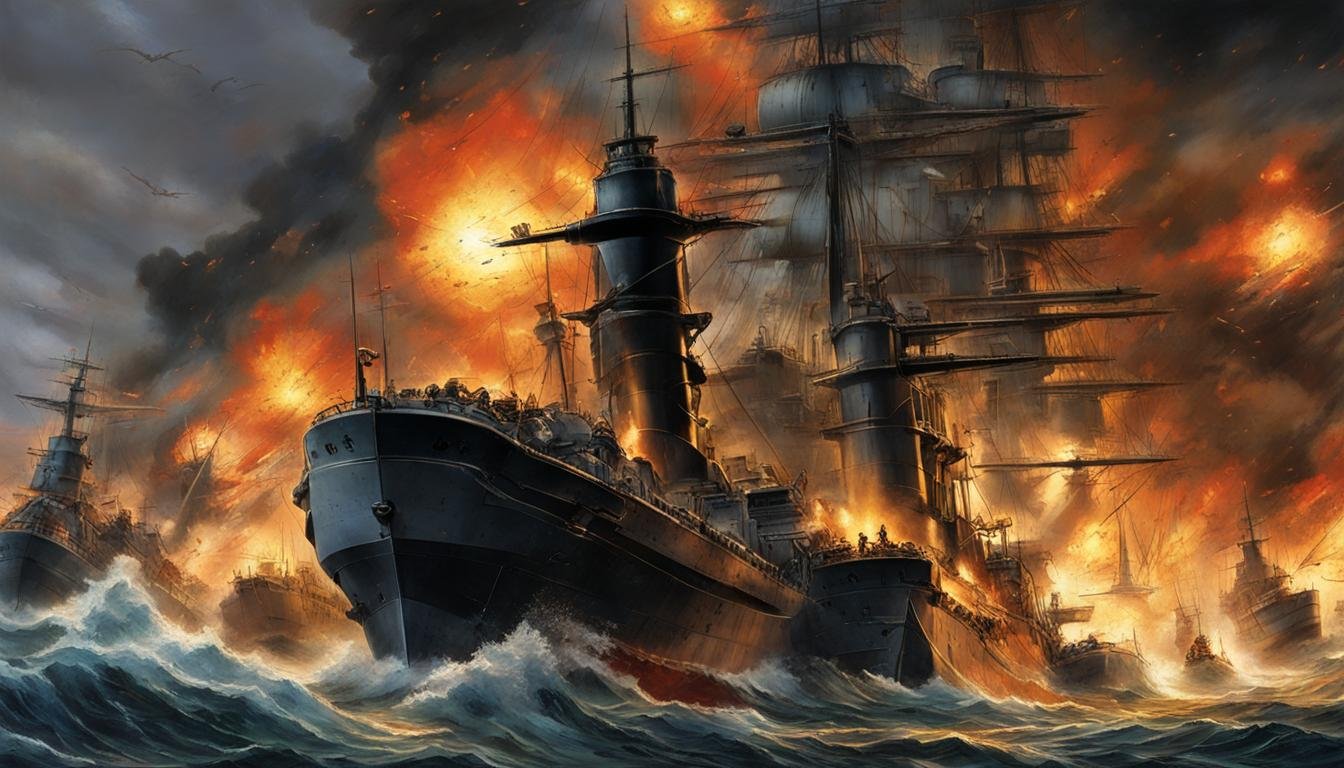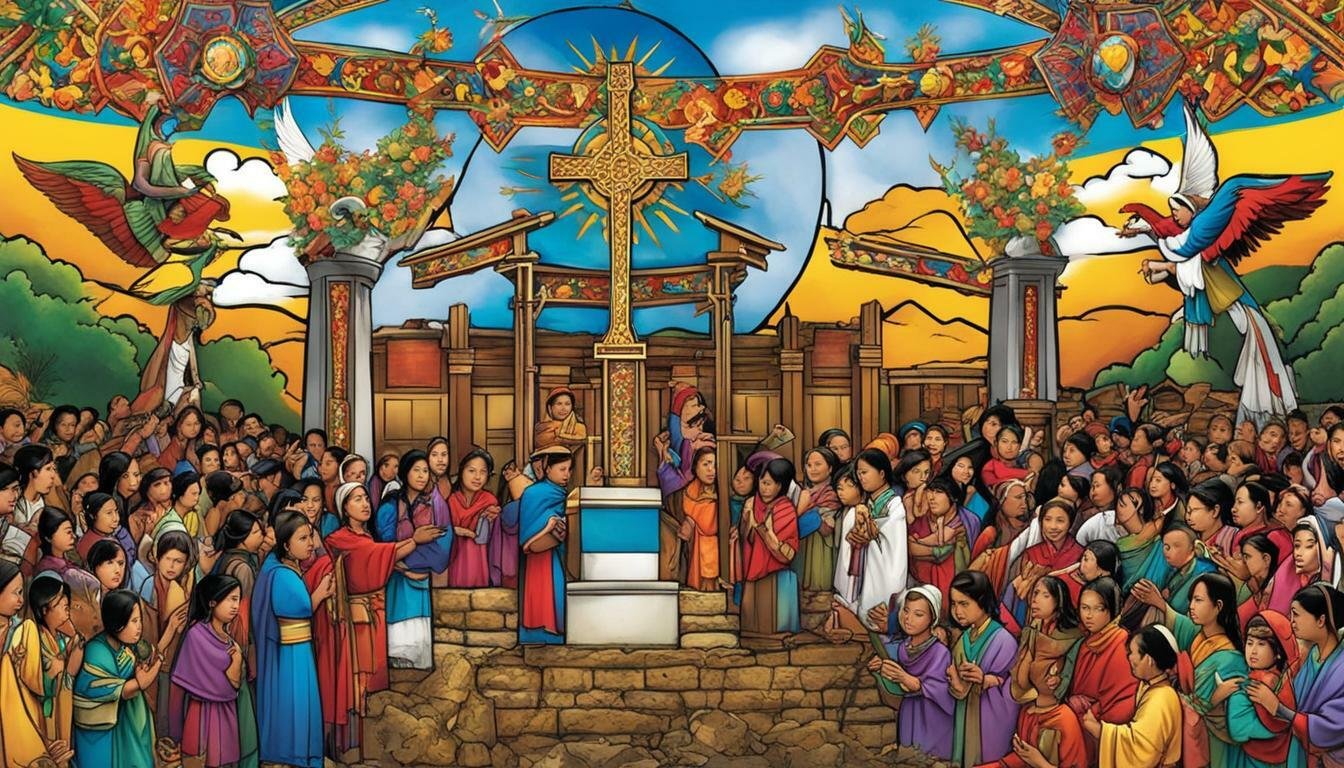The history of the Philippines is a saga of resilience, struggle, and the arduous journey from centuries of colonial subjugation to the assertion of its own national destiny. For over 300 years, the archipelago was a distant outpost of the Spanish Empire, and subsequently, after a brief, tumultuous period of revolutionary independence, it became a…
Tag: Philippine Revolution
The Spanish Colonial Class System in the Philippines: A More Nuanced Perspective
The Spanish colonization of the Philippines, which lasted over three centuries (1565-1898), fundamentally reshaped the archipelago’s political, economic, cultural, and social landscape. One of the most enduring legacies of this era was the imposition and evolution of a rigid colonial Philippines social hierarchy. While often depicted as a simple pyramid based purely on race, a…
The Life of the Filipino Insulares
The sprawling tapestry of Philippine history is intricately woven with the threads of diverse peoples and cultures, shaped profoundly by centuries under the Spanish Empire. Among the distinct social strata that emerged during this era, the Filipino Insulares occupied a unique and often complex position. These were individuals of pure Spanish descent who, unlike their…
The Governor-General: Leading Spanish Colonial Rule in the Philippines
For over three centuries, from the mid-16th to the late 19th century, the Philippines was a distant yet vital outpost of the vast Spanish Empire. At the apex of the colonial administration, representing the King of Spain in the archipelago, stood the Governor-General. This single office held immense power, shaping the destiny of the islands,…
Hiligaynon Language of the Philippines
The Philippines is an archipelago nation renowned for its rich tapestry of cultures and languages. Among the major linguistic groups that form the vibrant mosaic of the Filipino identity, the Hiligaynon Language holds a significant place. Spoken predominantly in the Western Visayas region of the Philippines, particularly in the provinces of Iloilo and Negros Occidental,…
Battle of Manila Bay: Key Facts and Outcomes
The dawn of May 1, 1898, broke over the calm waters of Manila Bay, forever altering the course of Philippine History and marking a decisive moment in the unfolding Spanish-American War. What transpired that morning was not just a naval engagement; it was a strategic victory that dismantled Spain’s centuries-old colonial hold on the Philippines…
Filipino Martial Arts: A Journey Through Indigenous Defense Systems
The Philippines, an archipelago nation steeped in rich history and diverse cultures, possesses a martial heritage as intricate and resilient as its people. Filipino Martial Arts (FMA), often collectively known as Arnis, Eskrima, or Kali, represent far more than mere fighting techniques; they are living embodiments of the nation’s turbulent past, its struggle for survival,…
Understanding The New People’s Army (NPA): An In-depth Look
The New People’s Army (NPA) is a name that resonates deeply within the modern history of the Philippines. For over five decades, it has stood as the armed wing of the outlawed Communist Party of the Philippines (CPP), engaged in one of Asia’s longest-running Maoist insurgencies. Understanding the NPA is not merely a study of…
The Spanish Instituted a Class System
The arrival of the Spanish in the Philippine archipelago in the 16th century marked a profound transformation, not only in governance and religion but fundamentally in the very structure of indigenous societies. One of the most enduring and impactful legacies of over three centuries of Spanish colonization Philippines was the establishment of a rigid and…
Spread of Christianity in the Philippines
The story of the Spread of Christianity in the Philippines is inextricably linked with the arrival of the Spanish in the 16th century. What began as a seemingly isolated event – a cross planted on a shore – evolved over centuries into the defining cultural and spiritual characteristic of the archipelago. Today, the Philippines stands…

